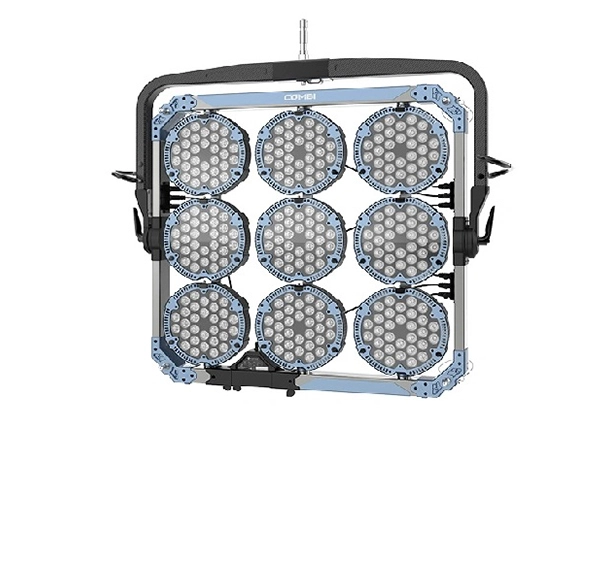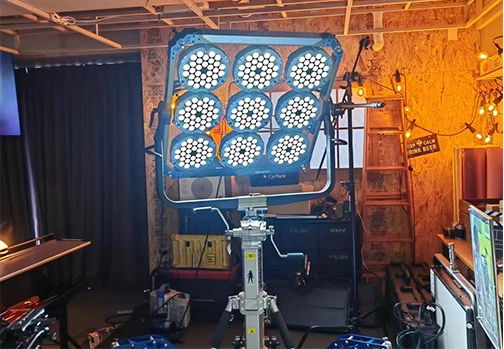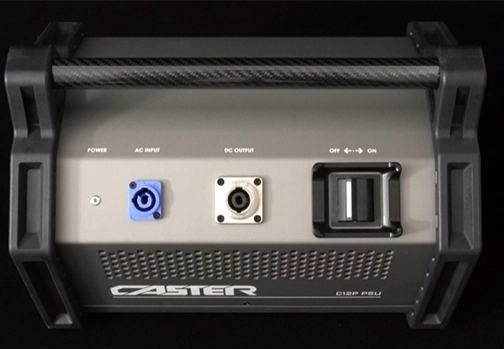In the studio, there are many kinds of light sources for this lamp, the most important of which are the main light source and the auxiliary light. So what are the tricks for the lighting direction of the movie shooting lights in the studio? Let's learn together with everyone!
1.Movie shooting lights: single light source, one direction
When the photography light is lit in the studio, its light is directional. This is obvious, after all, there is always a source of light. Usually, the light in the image comes from one main direction. However, our daily experience seems to be the opposite. Because the interior of the building is always designed with a little light scattering (not too concentrated). It looks like there is light on all sides.
Most photographers' initial understanding of light comes from sunlight. However, even direct sunlight is scattered forward, backward or around due to clouds and other substances. The scene of a single beam from a single direction is almost impossible. invisible.
In a studio, you can use movie shooting lights to control the main direction of the light and the amount of light reflected into the setup. In general, the intent of many photographers is to use light to simulate daylight. At present, the most popular practice is to use light source equipment such as studio lights as little as possible, and use the principle of reflection to increase the brightness.
2. The role of the direction of the photographic light
The direction of the photographic light rays has a great influence on the image effect of the photo. We can use different light directions to create different photo atmospheres. From a photographic point of view, the "bottom light" on the image refers to the light shining upward from the bottom, mainly to simulate the night scene in ancient times, when people lived by hunting and were afraid of darkness, cold and ferocious predators , and piles of bonfires are lit every night.
The side light of the cinema light is mainly to highlight the skin texture of the subject and at the same time increase the contrast of the image.
The top light simulates the sunlight shining on the top of the head, and at the same time can achieve the effect of amplifying the texture. Most of the time using toplights in a studio is basically trying to simulate a sunny midday scene.
Intense side light falls on the subject in dots, simulating the scene at sunset on a sunny day.
Soft and diffuse scattered light more closely resembles the effect of sunlight passing through clouds. The softness and filling of the light is related to the thickness of the clouds during the day.
3. Controlling the direction of photographic lighting in the studio is a double-edged sword
Movie shooting lights can make your images qualitatively better, or they can completely ruin them. For today's portrait photography, a whole set of workflow has been formed. First, set the main light source to the left of the camera, at a 45° angle to the subject and the camera. Arrange the lighting from the opposite direction, possibly interfering with your vision. Of course, you can also have different methods. After all, there are many ways to create works of art. It is difficult for us to use objective standards to evaluate which method is good and which method is not good.
 English
English 日本語
日本語 한국어
한국어 Español
Español italiano
italiano العربية
العربية






